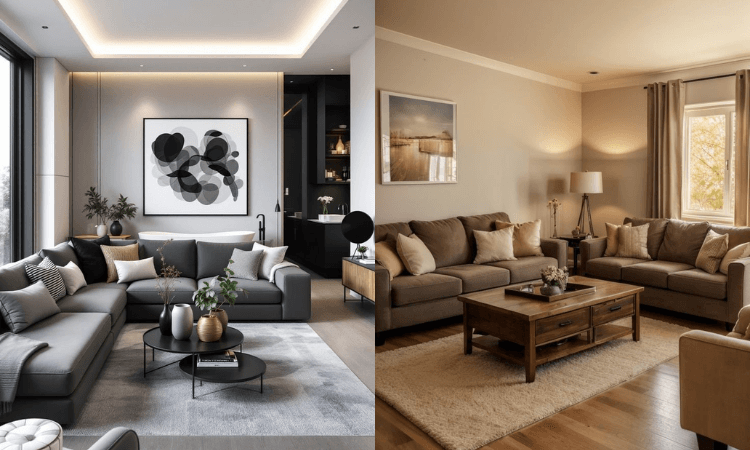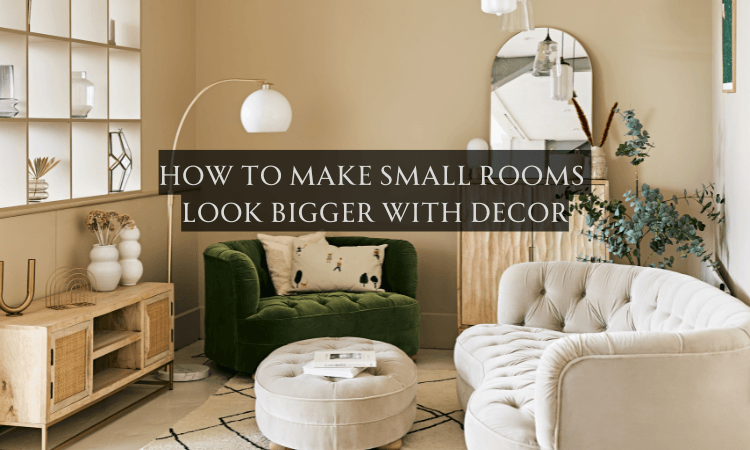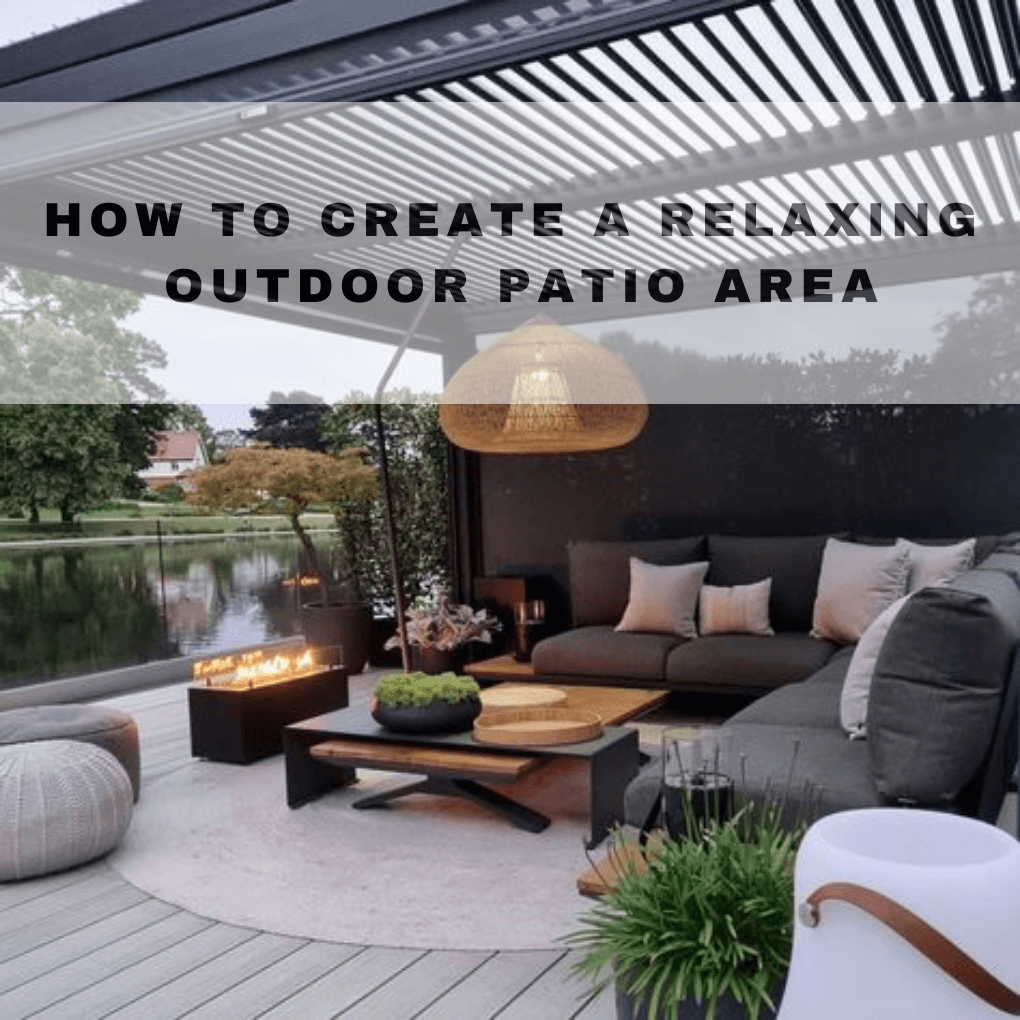Living in a small space doesn’t mean you have to feel cramped. With thoughtful decor choices, you can make your room appear more spacious, airy, and welcoming. By using color, furniture, and lighting effectively, you’ll unlock your room’s hidden potential. In this article, we’ll explore practical tips to make any small room feel bigger and brighter.
Use Color Strategically

The colors you choose can significantly impact how large or small your room feels. With the right palette, you can create an illusion of space.
Light Colors to Create Space
Light and neutral colors reflect light, making a room feel more open and less confined. Shades like white, beige, or soft pastels are great choices for walls, ceilings, and large furniture.
Example: A white wall paired with a light gray sofa creates a seamless, expansive effect.
Add Contrast for Depth
Using contrasting colors can add depth and make the space more dynamic. Pair light walls with darker accents like throw pillows or rugs to create visual interest without overwhelming the room.
Tip: Avoid too much contrast, as it might break the flow of the room.
Avoid Overwhelming Patterns
Busy patterns can shrink the perception of space. Stick to simple or subtle designs for wallpaper, curtains, and upholstery. Vertical stripes can also make ceilings look higher.
Focus on one or two elements with patterns to avoid visual clutter.
Choose the Right Furniture
Furniture is a critical factor in how large or small your space feels. Select pieces that enhance functionality and don’t overpower the room.
Opt for Multi-Functional Pieces
Investing in furniture that serves multiple purposes can save both space and money.
- Sofa beds: Use them as seating during the day and as a bed at night.
- Ottomans with storage: Provide seating and double as hidden storage.
- Foldable tables: Perfect for dining or working without permanently occupying space.
These items reduce clutter and maximize usability.
Keep It Proportional
Large, bulky furniture can dominate a small room, making it feel cramped. Choose pieces that are appropriately sized for the room. For example, a sleek loveseat fits better than a large sectional in a small living area.
Ensure that furniture allows for walking space and doesn’t block light sources.
Use Clear or Reflective Materials
Furniture made from glass, acrylic, or other transparent materials gives the illusion of more space. Reflective materials like metal or glossy finishes enhance light in the room.
Example: A glass coffee table adds functionality without making the room feel crowded.
Optimize Lighting
Lighting can make or break the perception of space in a small room. A well-lit room always feels larger.
Maximize Natural Light
Natural light opens up a room and makes it feel fresh. To maximize it:
- Use sheer curtains or blinds that allow sunlight to filter through.
- Place mirrors opposite windows to reflect light across the room.
- Avoid heavy drapes that block sunlight.
A bright room feels airy and welcoming, even if it’s small.
Layer Artificial Lighting
Using different types of lighting creates dimension and adds warmth to a space. Combine these lighting layers:
- Ambient lighting: Ceiling lights or chandeliers to illuminate the whole room.
- Task lighting: Desk lamps or under-cabinet lights for specific activities.
- Accent lighting: Wall sconces or LED strips to highlight decorative features.
Layered lighting ensures no dark corners, which can make a space feel smaller.
Organize and Declutter
Clutter is the enemy of small spaces. Keeping the room organized can make it feel larger and more functional.
Keep Surfaces Clear
Minimizing decorative items on tables, shelves, and counters creates a sense of openness.
- Store personal items like books or gadgets out of sight.
- Limit decor to a few meaningful or eye-catching pieces.
Clean, clear surfaces prevent the room from feeling chaotic.
Choose Vertical Storage Solutions
Using the height of your walls for storage keeps the floor clear and the space organized.
- Install floating shelves to store books or display decor.
- Use tall cabinets for extra storage without sacrificing floor space.
Vertical storage draws the eye upward, creating the impression of a taller room.
Add Visual Tricks
Clever visual elements can give the impression of more space without major renovations.
Use Mirrors to Expand Space
Mirrors are one of the simplest ways to make a room appear larger. They reflect light and create depth.
- Hang a large mirror on the wall opposite a window.
- Use mirrored furniture like cabinets or side tables.
Well-placed mirrors can double the perceived size of your room.
Choose Rugs Wisely
Rugs can define a space, but the wrong size can make a room feel smaller.
- Use large rugs to unify the room and anchor furniture.
- Avoid multiple small rugs, which can visually break up the space.
A single, properly sized rug creates a cohesive look.
Hang Curtains High
Positioning curtains closer to the ceiling draws the eye upward and makes walls seem taller.
- Use floor-length curtains to emphasize height.
- Opt for light or semi-transparent fabrics to maintain an airy feel.
This small change can make a significant difference in how the room feels.
Conclusion
With a few thoughtful decor choices, you can make any small room feel bigger and more inviting. Using light colors, appropriately scaled furniture, and proper lighting are simple yet effective ways to open up your space. Decluttering and adding visual tricks like mirrors or high curtains further enhance the effect. Try these tips to transform your room and make the most of every square inch.




